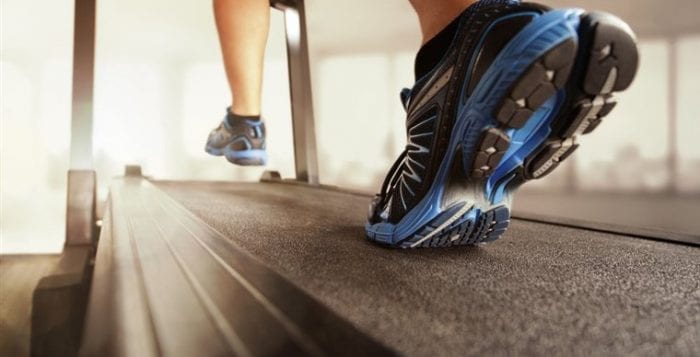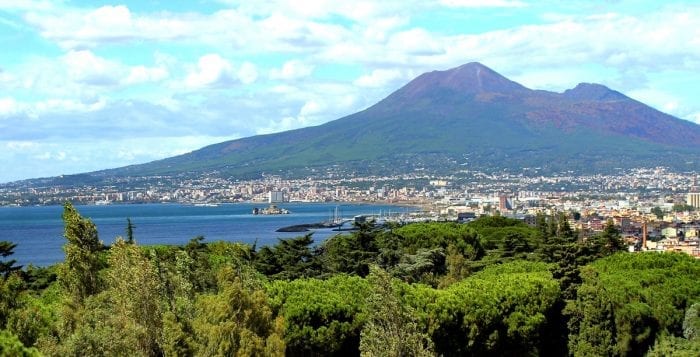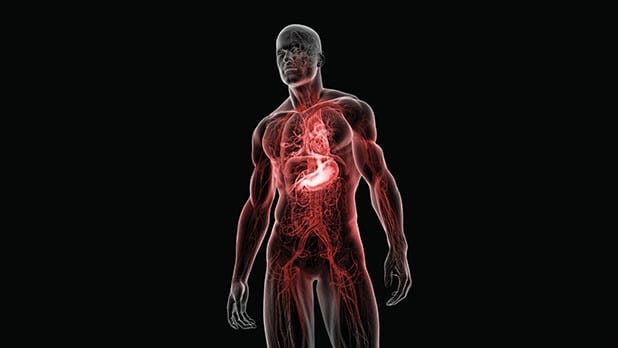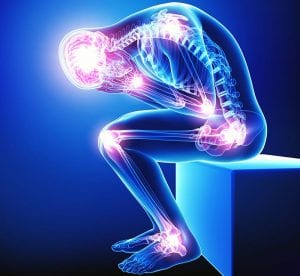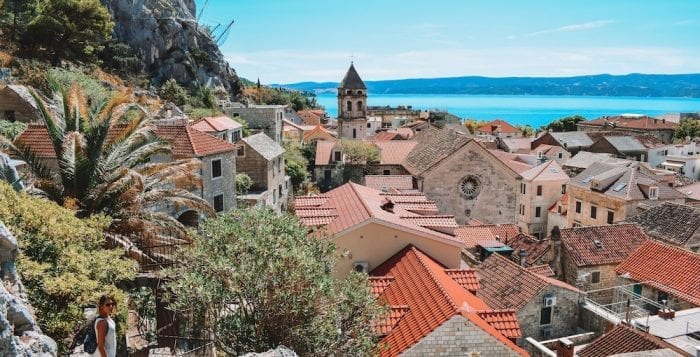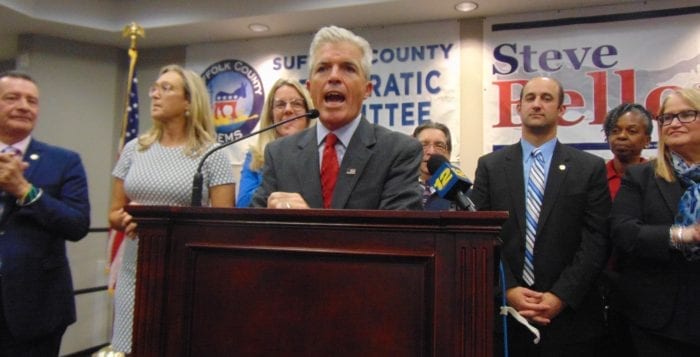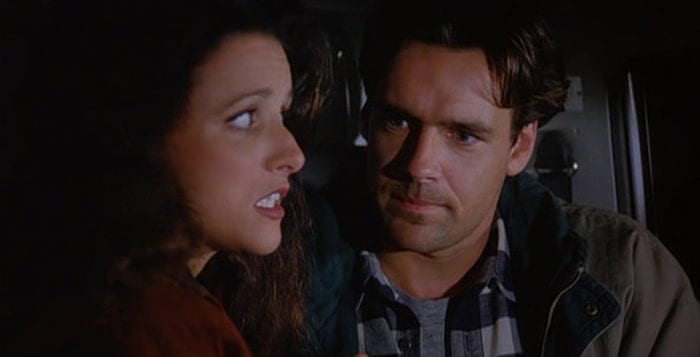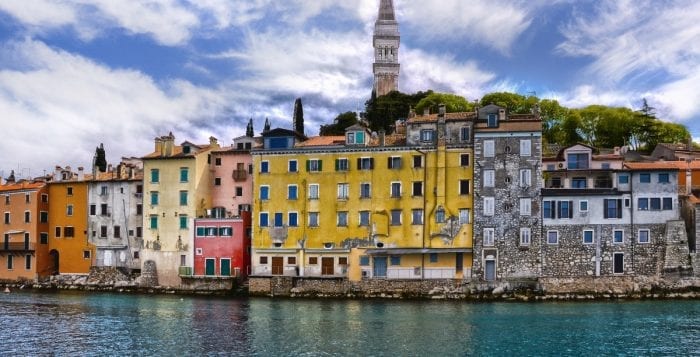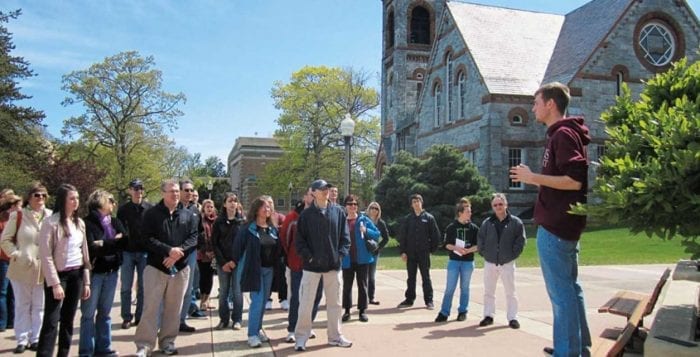By Daniel Dunaief

I have been working out at a gym, where my routine consists mostly of pushing my body as long as I can on a treadmill, bike or elliptical machine until my sweat has soaked through my T-shirt. I play mind games while I’m running, telling myself that I can take a break once I get to 3 miles, or maybe 4 or closer to 5.
Each time I hit a milestone, I think about how much better I’ll feel if I can go just a bit farther, even as I’m taking an inventory of all the barking body parts, which typically includes my knees and back.
What helps get me over the hump lately, though, is the music I listen to as I work out.
I started with a collection of ’80s songs, hoping, perhaps, that the combination of familiar tunes from my youth would make my body remember the energy that defined this younger period.
As I was running, the songs reminded me of the times I danced with friends at Ward Melville High School, played Uno in a friend’s living room or decorated a Christmas tree with another friend who patiently showed a group of us how to thread popcorn and cranberries through a line.
As I was running, a montage of these images played through my head, making me feel as if my legs were turning back the clock. Fortunately, no one at my gym looks closely at me or my facial expressions, so I could indulge in musical — and life — nostalgia without interruption or without questions from people wondering what I was thinking as I reacted to people who have long since gone their separate ways.
For a few days, I switched to my favorite singer, Billy Joel. Hearing the words from “Only The Good Die Young,” “Piano Man,” and “Movin’ Out,” brought me back to the study breaks I took in high school when I stared out the window between my house and the neighbor’s colorful Santa sleigh down the street, hoping that the snow forecast for that evening was sufficient to close school the next day.
I’m planning to see Billy Joel in concert before too long, so I switched to another genre, playing the soundtrack from the original 1975 version of the musical, “A Chorus Line.” While others rarely cite it as one of their favorite musicals, I know it was the song “Nothing,” in which Diana Morales receives nonstop criticism from her teacher Mr. Karp, that brought to life the magic of Broadway for me.
I always measured every other performance, including of musicals like “West Side Story” that I supported by playing clarinet in the pit orchestra, against the desperate hopes of each of the cast members in a chorus line to “make it” into the show.
Eventually, I needed a pulsating beat, so I shifted to exercise music, which, of course, included songs from “Rocky the Musical,” as well as other inspirational films. Each time the beat got faster, I found another pocket of energy that helped me conquer the next mile, using the beat as a metronome for my legs.
Music, in all its forms, serves many functions, allowing us to connect with the artist, to travel on an acoustic journey, to remember friends, and to exercise feelings and emotions even as we exercise the rest of our bodies.
I coached many sports when my children were younger. If I could do it over again, I would have added contemporary music to mundane practices to spice up the experience in real time and to inspire me on the nostalgia treadmill.

